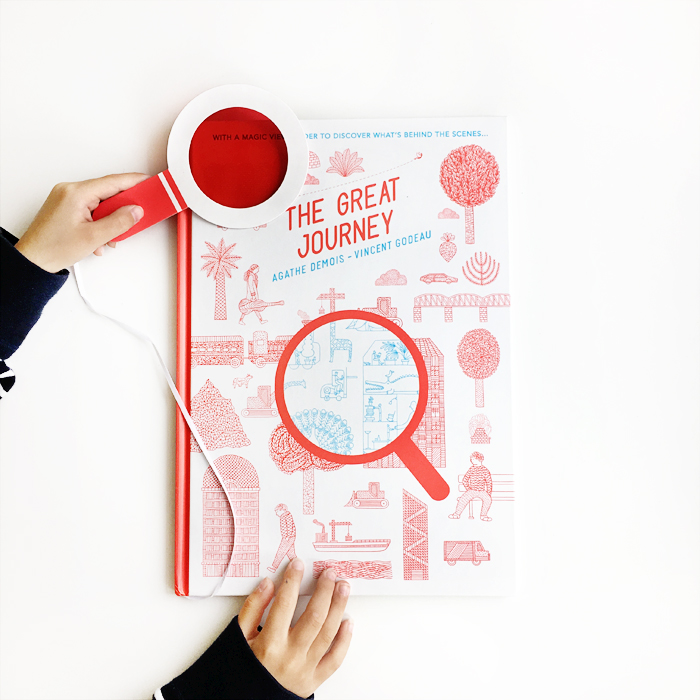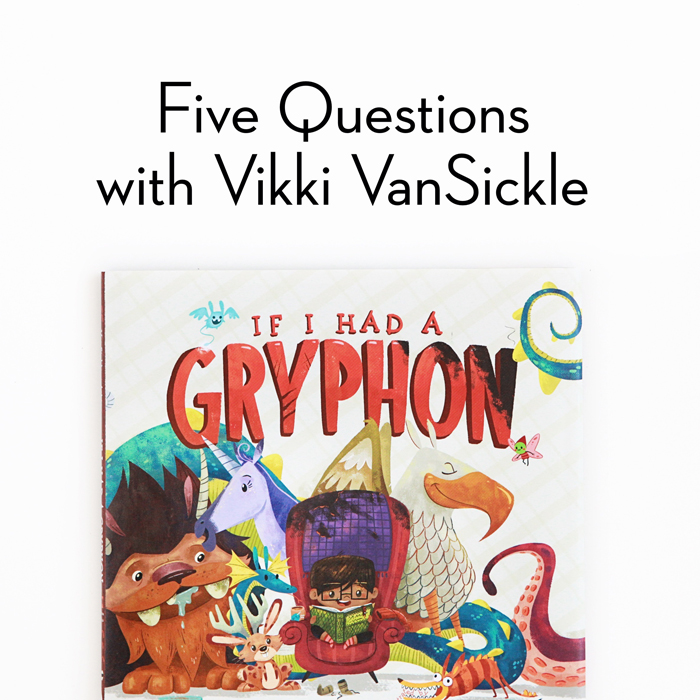
Vikki VanSickle stops by today to answer five questions about the writing process for If I Had a Gryphon, what brought her to children’s publishing and more. If I Had a Gryphon was published earlier this year and was illustrated by Cale Atkinson.
What was the writing process like for If I Had a Gryphon and how long did it take from idea to publication?
The spark came while I was working at The Flying Dragon Bookshop in Toronto in 2009. I sat in on a lot of storytimes and fell (more) in love with picture books. I really wanted to write one, but I was a bit stuck when it came to ideas. I had written a few middle grade novels, but picture books were new and daunting. At the time, Harry Potter was king and I noticed a lot of younger children wanted storybooks that were Harry Potter-esque, but most of what I could find (Dragonology, Mythology, How to Train Your Dragon) were for older readers or only featured the standard beasts (dragons, unicorns, monsters). These things were all percolating in my head and I decided to write an introduction to magical and mythological creatures for the very young.
The first draft was essentially a list poem, with a little girl listing magical pet options and how she would look after them in order to convince her father. It was very sweet and fun to write, but it didn't have a great sense of urgency. As I thought about it I realized how challenging it would be to look after some of the creatures. With some advice from a dear writing friend and my agent, I re-ordered the list from low-maintenance to high maintenance to increase the tension from a content perspective. In terms of structure, I re-wrote it so the dedicated-creature stanzas got shorter and shorter until the last section, in which there's a new creature every line. This crescendos nicely and gives a sense of chaos. The book is a more fun and has a lot more drive now.
A number of publishers considered the manuscript, but it wasn't contracted until 2013. Some editors liked the story, but did not like the rhyme. I tried to rewrite it in prose but it didn't feel right to me, it lost some of its magic. Tundra Books had no problem with the rhyme, which was as sign that Gryphon had found the right home. I was thrilled when Cale Atkinson agreed to illustrate. Some of the creatures are historically quite scary, but in his capable hands they were fun, gregarious, and downright cuddly! It is such a privilege to have an artist interpret your words and I could not be more thrilled with the final product.
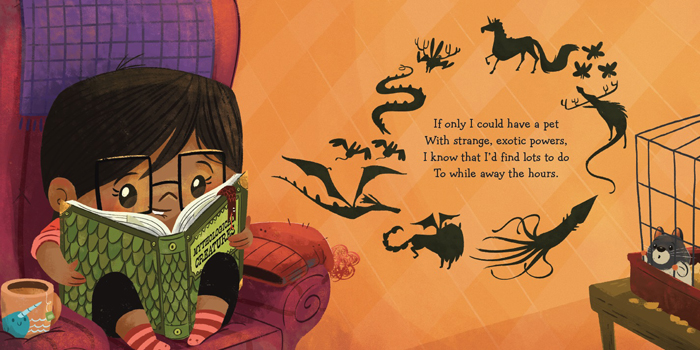
What brought you to the world of children’s publishing?
Reading has been the most transformative force in my life. Working in children's publishing, I get to be part of creating the books that will have an impact on another generation. I've been lucky enough to try many avenues in the wonderful world of children's books. I've worked in a public library as the children's summer programmer, managed an independent children's book store, reviewed kids' books for Canadian literary periodicals, and eventually landed in publishing, all the while writing up a storm. I have loved all of these jobs and have learned valuable things in each one.
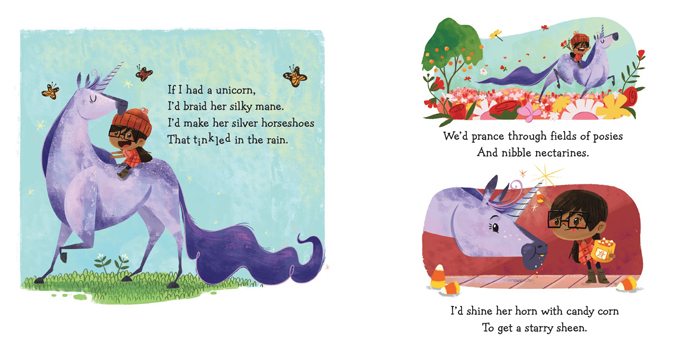
What kinds of books were you drawn to as a child?
I read anything and everything, but I especially liked books featuring cats. A Rose for Pinkerton and Catwings were two favourites. We also had an anthology of poetry that I read over and over again. I loved how a single poem on a single page could contain a whole world. I was mystified that so few words could inspire such big, expansive images in my head. Eventually I became a total mystery nut. I blame it on the fantastic Miss Nelson is Missing, which was the first mystery story I ever read. As I got older I graduated to Nancy Drew. I still love a good mystery!
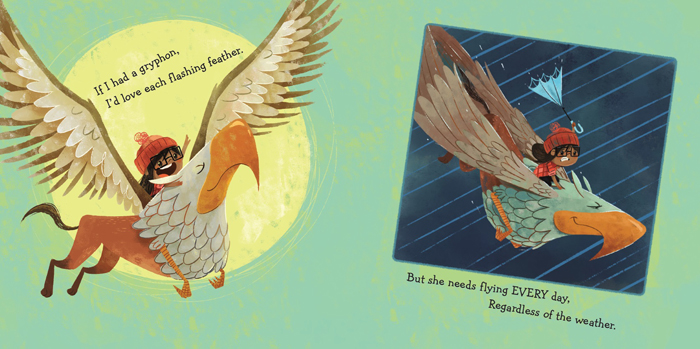
What other career avenues do you think you would have pursued if you didn’t work in publishing?
I had intended to be a playwright before I got (happily) sidetracked by children's literature. I also considered teaching or librarianship, as they combined working with books and children, two of my favourite things. Lately I've been fascinated by political speechwriting. I love how mere words can shape ideas and create change. I think it's safe to say that whatever industry I ended up in, there was bound to be a book or writing-related component!
We loved chatting with you, Vikki, and many thanks for stopping by. Be sure to check out Vikki’s blog and keep up with her latest on Instagram and Twitter.








